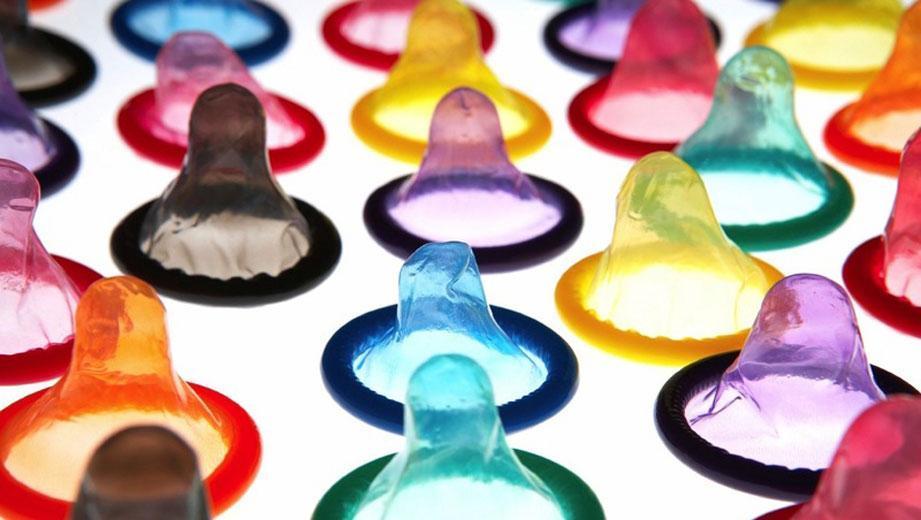Busting Condom Myths for National Condom Day

February 12, 2021
Ah yes, condoms—possibly the most well-known and easily accessible form of protection to use during sex (vaginal, oral or anal)! National Condom Day takes place on February 14th (which, appropriately, is also Valentine’s Day), making this the perfect opportunity to debunk some myths about our rubbery friends.
MYTH #1: Condoms prevent sex from being pleasurable.
A common misconception is that having sex with a condom prevents it from feeling good. Nope! Condoms do not prevent people from enjoying sex. They are made specifically for the purpose of protecting against sexually transmitted diseases (STDs) and preventing unintended pregnancy without taking away from having a pleasurable experience. In addition, different thicknesses and textures are available, with a variety of features to meet anyone’s preference.
MYTH #2: Condoms are only for penile-vaginal sex.
People of all genders and sexual orientations can use condoms for vaginal, oral and anal sex. External condoms go on the penis; another option is to use internal condoms (commonly called “female” condoms, although they are not just used by people who identify as female), which can be inserted into the vagina or rectum. (The Food Drug and Administration has only approved them for vaginal use, but some people remove the inner ring and use them for anal sex.) Flavored condoms also exist for use during oral sex, but should not be used during vaginal sex as this can lead to yeast infections. Smaller condoms called “finger cots” may be worn on the fingers to prevent the spread of STDs.
MYTH #3: You need the XL size.
Sometimes, people—who may have mistakenly been told that the bigger the penis, the better—purchase larger-sized condoms that then end up being too big, making them less effective. People might also mistakenly purchase condoms that end up being too snug. When it comes to getting the right size condom, even more important than length is girth—the measurement around the thickest part of a penis when erect. When used properly, external condoms are 98 percent effective and internal condoms are 95 percent effective. But when we account for human error, that effectiveness drops to 85 percent for external condoms and 79 percent for internal condoms. This is why it’s so important to do your condom research!
MYTH #4: Material doesn’t matter.
When purchasing condoms, consider the material they are made of.
Latex condoms are the most common and very effective. However, a small percentage of people have latex allergies.
Condoms made out of plastics like polyurethane or polyisoprene are available as an alternative. A potential upside to these condoms is that when they are used at the same time as oil-based lubricants, they do not break down as latex condoms do (water-based lubricants, such as Glide, can safely be used with latex or non-latex condoms).
The final material available is lambskin. When used only to prevent pregnancy, they are effective. However—and this is important—they do not prevent STDs. The material is porous, with holes small enough to keep sperm from escaping but large enough to allow STDs to pass through.
Where to Purchase Condoms
However you choose to enjoy yourself sexually with your partner, condoms can come in handy. They can be purchased at most drug stores, supermarkets and online. You can also check out health centers, like Planned Parenthood for free condoms.
If you are currently having sex or considering it, this National Condom Day know the condom facts and keep yourself safe!

